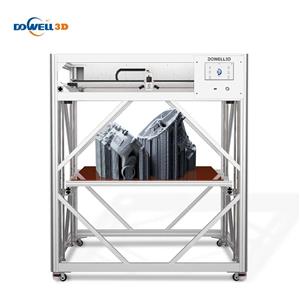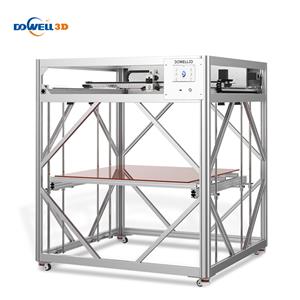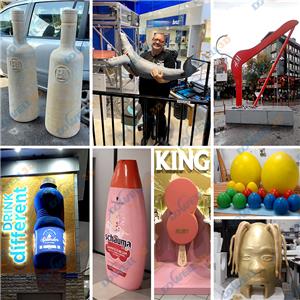The advantages of SLA 3d printing process high toughness photosensitive resin
1. Repeated disassembly and assembly
For example, when printing several parts that need to be assembled, the process will be repeatedly disassembled and assembled. If ordinary resin is used, repeated disassembly and assembly are easy to wear, and it is not fatigue resistant, and even easy to break. However, the above situation is not likely to occur with high toughness resin. As shown below:
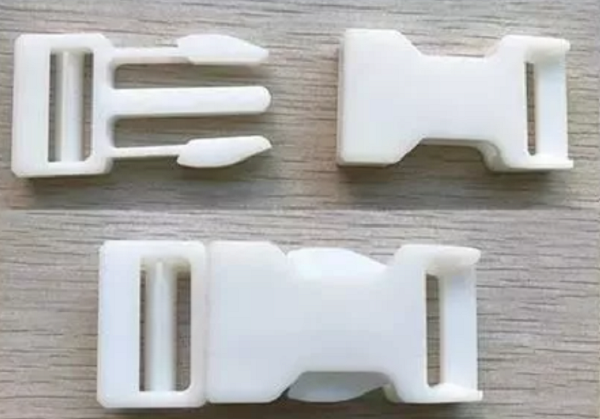
Extremely rigid workpieces may break suddenly, while workpieces with a certain degree of flexibility may be able to withstand greater forces before finally breaking. However, in many cases, rigidity is critical, so there will always be a certain degree of trade-offs between these related attributes. For snap-on components, brittleness is most of the characteristics that need to be avoided, while flexibility is necessary, even if it means that some other measures need to sacrifice its ultimate strength. If there is no toughness, it is impossible to put it in and then take it out again. Like high toughness, disassembly, assembly and disassembly...no problem.
2. Spring buckle
The model has a spring buckle design. In this case, if you choose ordinary resin, it will not come back directly after it is buckled, and it is even impossible to buckle in. As shown below:
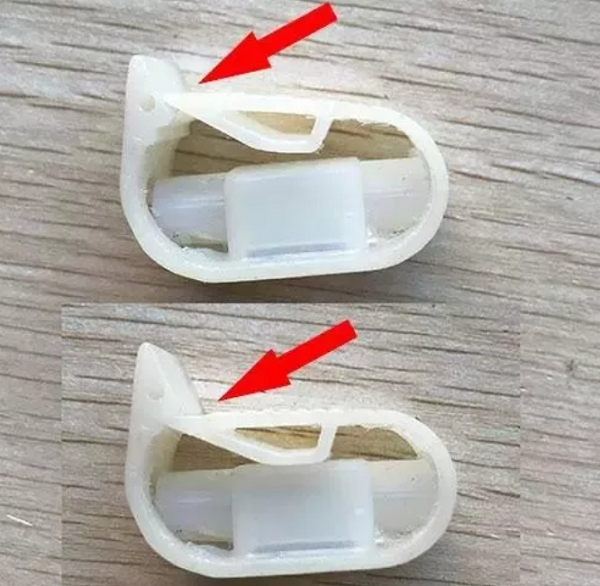
If the toughness is not strong, it is simply impossible to get stuck in the picture above and then get it out.
3. It can be bent and stretched to resist fatigue
The concept of strength and robustness is very broad, encompassing a range of different properties. One of the best measures of how strong a material is is the tensile strength, which is the force required to stretch this material to break. Related to it is the tensile modulus (Young's modulus), which is the measure of the force required to deform a material (ie stiffness). One advantage of 3D printing high-toughness photosensitive resin is that it can be bent, while ordinary photosensitive resins cannot. High toughness and fatigue resistance are good, often bend, and it can be restored to the original shape after it is finished, which is not possible with many 3D printing materials. As shown below:
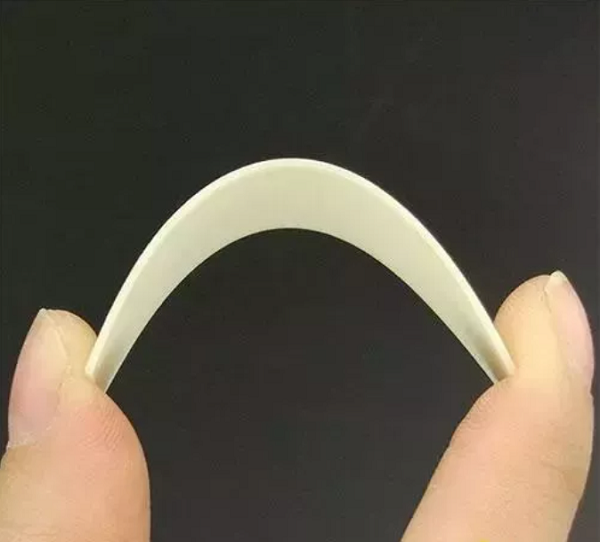
The above is a brief introduction to the characteristics of 3D printing high toughness photosensitive resin. The surface of the product printed by it is very smooth and the material is not easy to be brittle. Various colors can be sprayed in the later appearance of the product, but it cannot withstand high temperature. You can contact us if you need high temperature resistant materials. What needs to be reminded is that the 3D printed materials are different from the final molded materials, so the verification test of 3D printed materials cannot be equal to the final molded product, and the materials must be selected according to specific needs.



